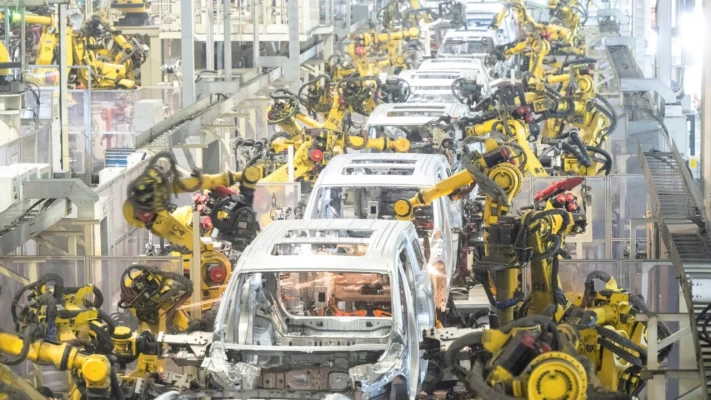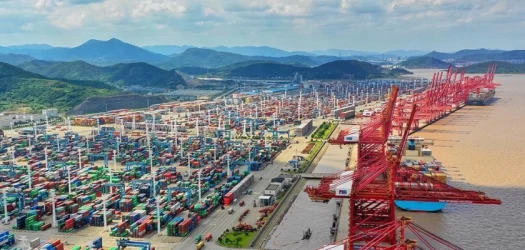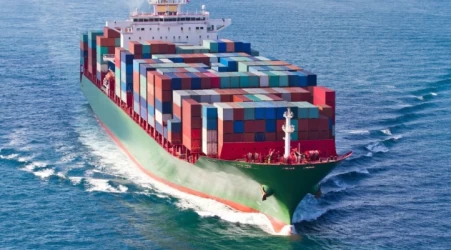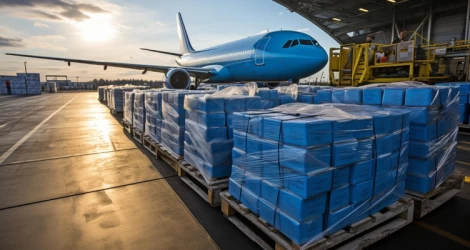Guide to Trade with China: Importing Machinery
Importing machinery from China can be a lucrative venture, given China’s position as a global manufacturing powerhouse. However, the process involves several steps and considerations to ensure a smooth and successful import. This guide will walk you through the essential aspects of importing machinery from China, from finding the right supplier to navigating customs and ensuring quality control.
1. Finding the Right Supplier
Research and Compare Suppliers: Start by researching potential suppliers. Look for reviews and feedback from previous customers to gauge their reliability and quality of service. Websites like Alibaba, Made-in-China, and Global Sources can be valuable resources for finding suppliers.
Check Certifications: Ensure that the supplier has the necessary certifications and qualifications to manufacture and export machinery. Certifications like ISO 9001 for quality management and CE marking for compliance with European standards are crucial.
Visit the Factory: If possible, visit the factory to inspect the machinery, the manufacturing process, and the quality of the facilities. This can provide a clearer picture of the supplier’s capabilities and reliability.
Negotiate Terms: Before making a commitment, negotiate the price, delivery times, and payment terms with the supplier. Clear communication and a well-drafted contract can prevent misunderstandings and disputes later on.
2. Understanding Regulations and Compliance
Research Regulations: Different countries have varying regulations for importing machinery. Research and understand the regulations that apply to the machinery you want to import. This includes safety standards, labeling requirements, and technical documentation.
Obtain Necessary Permits: Obtain the necessary permits and licenses before importing the machinery. This may include import licenses, permits from relevant authorities, and compliance certificates.
Hire a Customs Broker: Consider hiring a customs broker who can help you navigate the customs clearance process and ensure that your machinery complies with all regulations. A customs broker can also assist with paperwork and avoid potential delays.
3. Ensuring Quality Control
Conduct Inspections: Conduct inspections of the machinery during the manufacturing process and before shipment. This can help identify any issues early and ensure that the machinery meets your specifications.
Use Third-Party Inspection Services: Consider using third-party inspection services to ensure that the machinery meets your quality standards. These services can provide unbiased assessments and detailed reports.
Test the Machinery: Upon receipt, test the machinery to ensure that it is working correctly and meets your specifications. This step is crucial to avoid any operational issues later on.
4. Managing Shipping and Logistics
Choose the Right Shipping Method: Depending on the size and type of machinery, choose the appropriate shipping method. Options include sea freight, air freight, and rail transport. Sea freight is often the most cost-effective for large machinery.
Understand Shipping Costs: Shipping costs can vary significantly based on the shipping method, distance, and weight of the machinery. Get quotes from multiple shipping companies to find the best rates.
Prepare for Customs Clearance: Ensure that all necessary documentation is prepared for customs clearance. This includes the bill of lading, commercial invoice, packing list, and any required certificates.
5. Handling After-Sales Support and Maintenance
Warranty and Spare Parts: Ensure that the supplier provides a warranty for the machinery and has a reliable supply of spare parts. This can save time and money in case of any malfunctions or repairs.
Technical Support: Check if the supplier offers technical support and training for operating the machinery. This can be particularly important for complex machinery.
Maintenance Services: Regular maintenance is crucial for the longevity and efficiency of machinery. Ensure that you have access to maintenance services, either from the supplier or a local service provider.
Conclusion
Importing machinery from China can be a complex process, but with careful planning and attention to detail, it can be highly rewarding. By following the steps outlined in this guide, you can navigate the challenges and ensure a successful import. Remember to conduct thorough research, ensure compliance with regulations, and prioritize quality control to make the most of your investment.
if you have a specific question or need more details, Iran's logistics experts are your answer!











